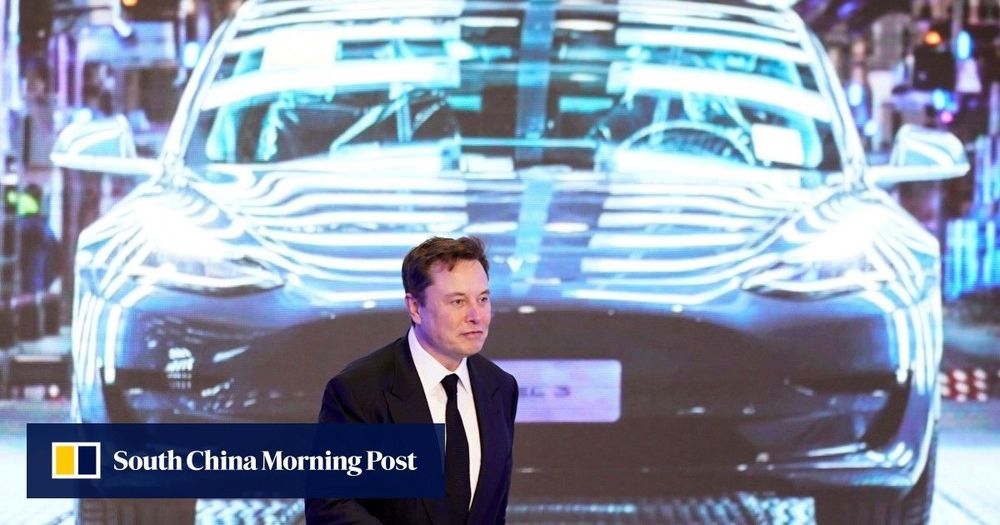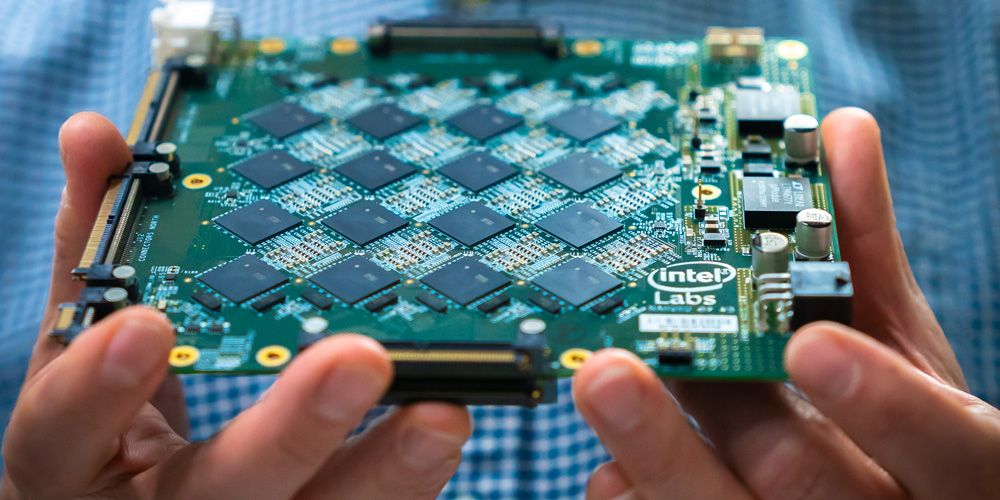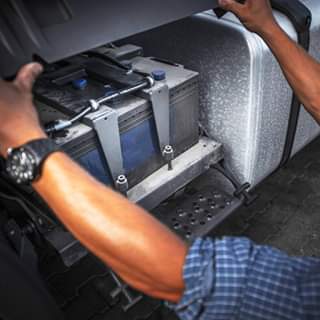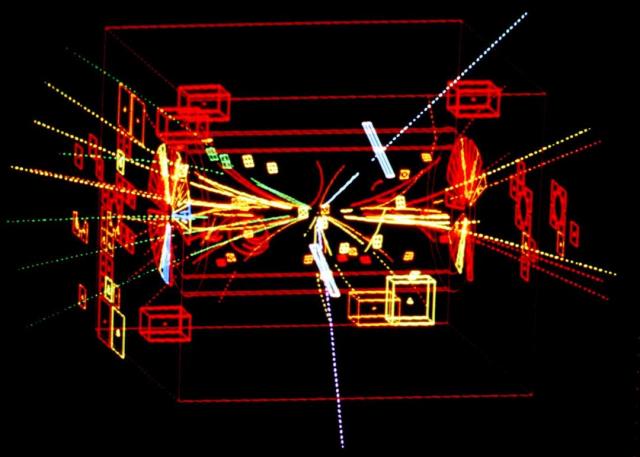Aug 5, 2020
Mass production of first Russian electric car to start
Posted by Derick Lee in categories: biotech/medical, business
After pandemic-related delays, Russia’s first electric car, called the Zetta, is set to enter serial production in late 2020, the country’s Industry and Trade Minister Denis Manturov has revealed.
The Zetta will roll off the production line in the city of Tolyatti, one of the major centers of Russia’s automotive industry. The cars will first be sold on the domestic market, but the initial business project implies that the Zetta may be exported to other countries, Manturov said.


















